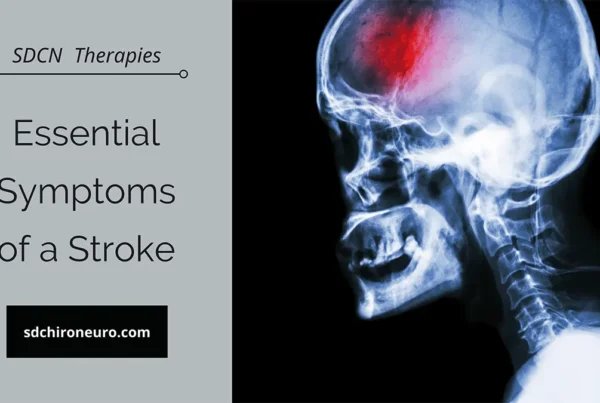
- DIAGNOSIS
- First thing your physician will assess is your history. They will typically look for red flags
- Was it recent
- Did it start suddenly
- Are you experiencing focal (one particular part of the body) neurological symptoms
- Next your physician will likely run bloodwork. This will help them rule in or out other things that can mimic a stroke and also help them identify if you are showing signs of a stroke. They’ll check things like;
- How fast your blood clots
- Your blood sugar levels
- Whether you have an infection
- If they don’t find anything that mimics a stroke they will next likely order imaging or run other extra testing. Things like a;
- CT scan
- To check for bleeds, stroke, and tumors
- MRI
- To check for damaged brain tissue and possible bleeds
- Carotid Ultrasound
- Checking for plaquing in the carotid arteries
- Echocardiogram
- Checking for clots in the heart that can travel to the brain and cause a stroke
- CT scan
- Once they’ve confirmed a stroke they will tailor a treatment protocol for you
- First thing your physician will assess is your history. They will typically look for red flags
- Treatment
- To learn about treatment options check out our “How Stroke is Treated” blog post.





